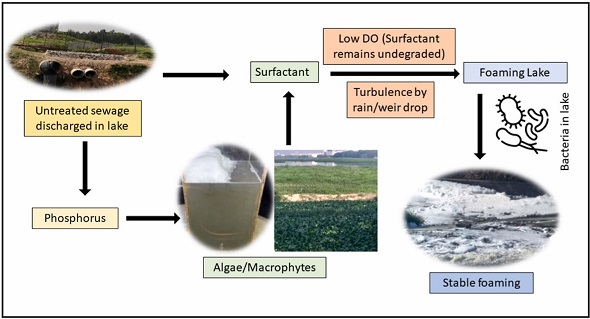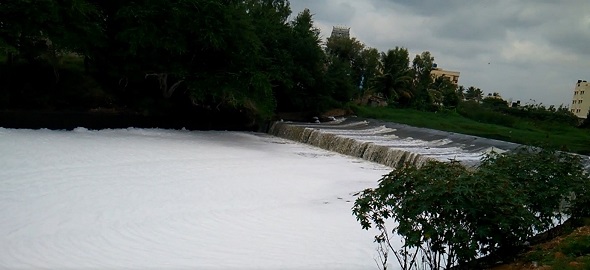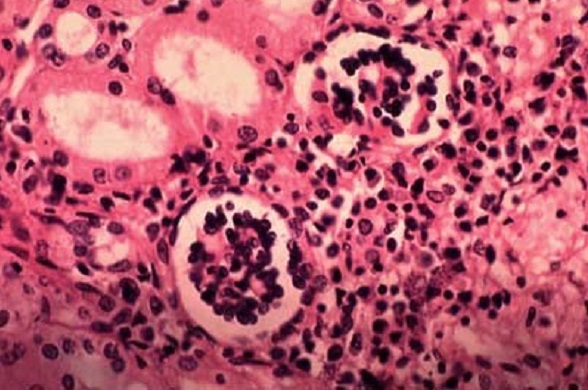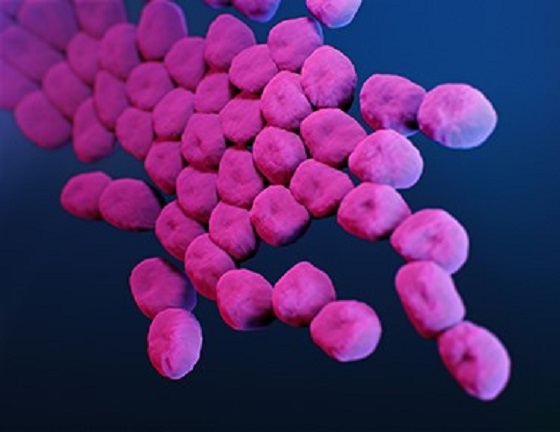
Bengaluru’s Bellandur lake is infamous for spewing toxic froth and plumes of foam resulting in disrupted aquatic ecosystems, unpleasant smell, and obstructed day-to-day activities in neighbouring localities. A team of researchers from the Centre for Sustainable Technologies (CST), Indian Institute of Science (IISc), Bangalore, has tried to identify the factors causing it.
Several theories have been put forth to explain the unpredictable and heavy foaming in Bellandur lake and to take control measures, yet the foam continues to form year after year.
“The researchers have been monitoring this foam continuously for the last four years to identify the real factors,” says the IISc’s official release.
The untreated sewage entering the large lake takes about 10-15 days to disperse. During this time, a part of the organic material gets degraded in the absence of oxygen and settles down as sludge.
“The researchers have been monitoring this foam continuously for the last four years to identify the real factors,” says the IISc’s official release.
The foaming increases only after heavy rains. “Imagine adding one full scoop of washing powder into a bucket of water; it will certainly foam given the right conditions,” he explains.
Bengaluru’s Bellandur lake is infamous for spewing toxic froth and plumes of foam resulting in disrupted aquatic ecosystems, unpleasant smell, and obstructed day-to-day activities in neighbouring localities. A team of researchers from the Centre for Sustainable Technologies (CST), Indian Institute of Science (IISc), Bangalore, has tried to identify the factors causing it.

The heavy rainfall brings large quantities of run-off from the city into the lake overnight. This high-volume inflow appears to churn up the surfactant-laden sludge, dislodge the accumulated surfactant from the sludge, and bring it back into solution, making it ready to foam.
As the water level in the lake rises due to rains, the excess water containing large concentrations of the surfactants spills over into the lake’s outlet to depths as high as 25 feet, trapping air bubbles that turn into foam.
“This is an important phenomenon that converts the surfactant-laden water into foam,” reports Lakshminarayana Rao, Associate Professor at CST.
The team collected water samples from the lake, analysed various parameters, and recreated a lab model to track the changes in the chemical composition of the surfactants across different regions of the lake as well as at different times of the year. A single type of surfactant commonly used in household washing powders and shampoos was found to be playing a dominant role in causing the foaming.
“The suspended solids containing certain bacteria might be responsible for foam formation and stability. However, the mechanisms involved need to be validated through further experiments,” the researchers mention.
The researchers believe that stopping the entry of untreated sewage into the lake is crucial to prevent the build-up of surfactants and sludge, their churning, and the resulting foaming at the outfall. Removing the accumulated sludge in the polluted lakes – at least before the rains – as well as proper disposal of it could also help address this.

The study has been published in Science of the Total Environment. It has been funded by the IISc.
India Science Wire
ISW/SM/IISc/foaming/Eng/07/06/2023





